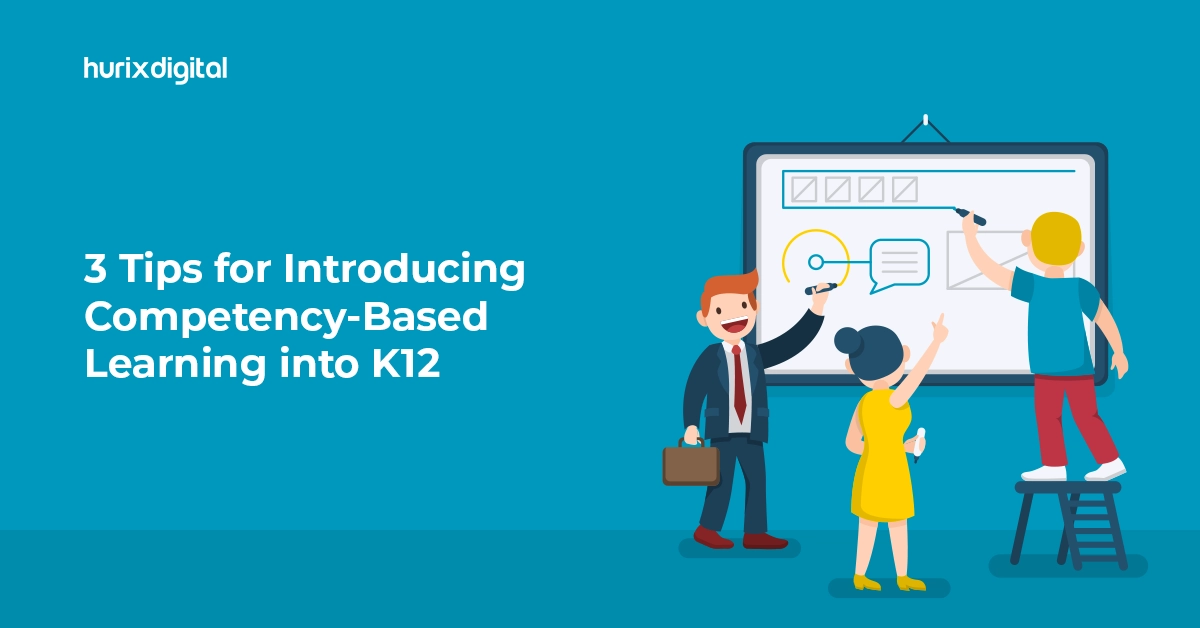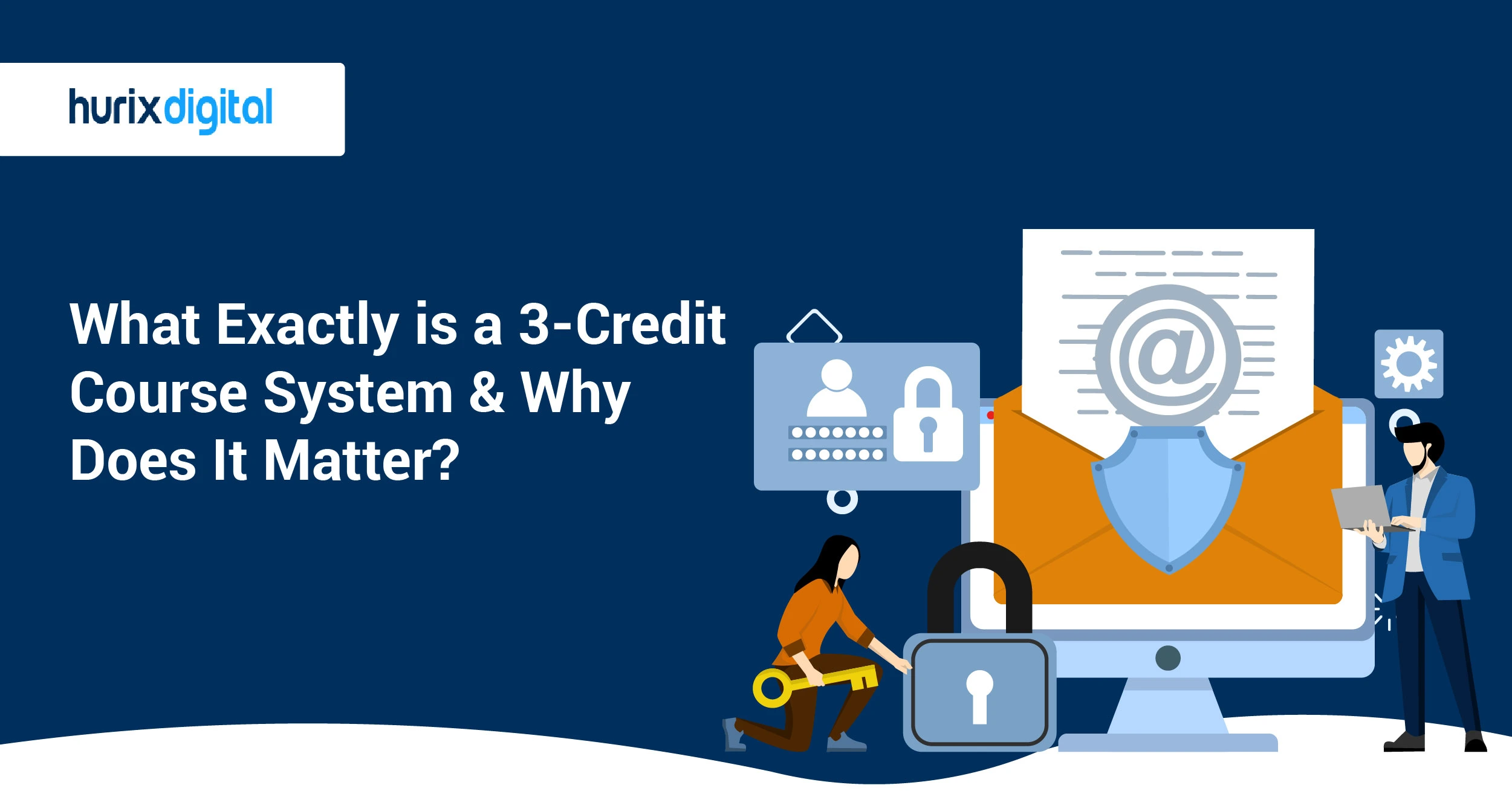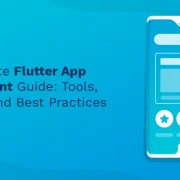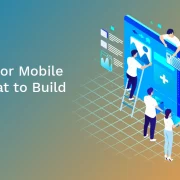
A Comprehensive 6-Step Process to Design a Competency-Based Curriculum
Competency-based learning is a well-known approach to education that primarily focuses on the student demonstrating their desired learning outcomes as central to the overall learning process. It is largely based on the premise of a student’s progression through the curriculum (as their competencies are proven) at their speed, pace, depth, and other similar parameters.
A competency-based curriculum design model is concerned with the multifaceted, complex outcomes of the learning process, including the skills, knowledge, and attitudes that learners will use rather than the traditionally defined subject content they are supposed to learn.
Table of Contents:
- Benefits of Competency-Based Learning
- Six Steps to Develop a Competency-Based Curriculum
- Conclusion
- Frequently Asked Questions (FAQs)
Benefits of Competency-Based Learning
For teachers and students, competency-based learning provides clear benefits by emphasizing acquiring particular skills and knowledge instead of classroom time spent. These are the key advantages:
1. Flexible and Learner-Centric Approach
The flexibility of competency-based learning is one of its main advantages. Learners can advance rapidly through subjects they pick up readily while spending more time on difficult ideas at their own speed. This tailored approach reduces the need to match peers or follow strict deadlines, therefore enabling education to be more inclusive and successful for every student.
2. Support for Diverse Learning Needs
Competency-based learning especially benefits students with varying degrees of literacy, knowledge, and aptitude. The method guarantees that every student has the time and tools required to reach competency. It also levels the playing field for students from various socioeconomic or educational backgrounds, encouraging equity by helping to close knowledge gaps and adapt various learning styles.
3. Preparation for Real-World Success
Emphasizing mastery of important skills and information ensures that students are more ready for the demands of adulthood. Competency-based learning, often in line with industry standards and real-world needs, gives students practical skills directly relevant to their future professions. This practical, outcome-oriented instruction increases confidence and competency in the most important areas.
4. Empowerment Through Ownership of Learning
Competency-based learning helps students become accountable for their education. Students who actively participate in goal-setting and monitor their own development feel personally responsible for their educational process. This self-directed method develops important life skills, including responsibility, time management, and self-motivation, which are highly valued for personal and professional development.
5. Enhanced Engagement and Motivation
Students are more likely to remain involved and motivated when they are free to concentrate on their strengths and work through difficulties at their own speed. Mastery of competencies brings a sense of accomplishment that can motivate a lifetime of learning and ongoing work. Furthermore, the ability to observe real development keeps learners engaged in their study.
6. Alignment with Modern Educational Goals
Competency-based learning fits the increasing focus on individualized instruction and skill-based courses. It combines easily with contemporary tools and technology, including adaptive learning software, which increases its value even further. This alignment guarantees that students are not just academically strong but also flexible enough to meet the changing needs of the twenty-first century. One transforming method in education that is increasingly underlined is competency-based learning.
Also Read: Reasons to Invest in Custom Scenario-based eLearning
Six Steps to Develop a Competency-Based Curriculum
Designing various components of a competency-based curriculum is largely about creating varied opportunities for students to demonstrate important skills in authentic contexts.
The process of competency-based curriculum design typically involves the following steps:
1. Development or Identification of General Competencies
The first step in developing this kind of curriculum is to identify and map the general competency areas using a wide range of sources of information and techniques to collect them. These competencies offer a framework based on specific performance outcomes to develop a curriculum and measure performance.
The sources you can use include subject matter experts, high-performing students, educators, online textbooks, articles, and other resources. The techniques that you can use include focus groups, surveys, readings, and observations.
Although each student has a unique set of competencies, competency maps are generally created by observing and interviewing top-performing students. Then, the students are captured as a list of core competencies (knowledge and abilities).
2. Organizing Competencies into Specific Themes
The next step is to define specific competencies in each general area. Developing an accurate and precise description will make the next steps in the curriculum development process much easier.
To be able to define a competency fully, reflect thoroughly on its composing elements. For instance, for public speaking, consider both delivery (body language, voice) and content (language, persuasion, organization).
At this point, also consider the following questions to help you frame your goals around a competency-based curriculum:
- What are the broad advantages of competency-based learning, and why are these important?
- What are the specific benefits it can offer your institution?
- What are some of your institution’s unique goals around this?
- How will you measure the success of this initiative for your institution?
- What is the content required to support the development of the specific competency in the curriculum?
- What are the instructional strategies and methods that are most effective in developing the competency?
3. Establishing Criteria for Performance
For each of the competencies, create the standards or rubrics by which you can measure the competence. Make sure to describe several levels that define positive and negative competence at this step. This will help you gauge the effectiveness of the curriculum and find out what works well and what doesn’t for the learners.
4. Creating Learning Experiences
Once you have defined competencies and criteria for outcomes, think about how students will demonstrate these skills via learning experiences. There are multiple ways to demonstrate these skills, so make sure that the products of the assessment—the students’ work—are varied and interesting.
The ideal way to recognize a competency-based learning experience is to thoroughly examine the student’s work and the learning environment in which they produce it. Teachers and students can use the identified competencies and outcomes to regularly reflect on learning.
The idea is to empower students to be real learning designers. Students should use the rubric to design a learning experience demonstrating the learning outcomes. They should be responsible for planning, executing, and presenting their work for assessment.
5. Assessing Competency
A successful competency-based curriculum will enable students to apply and execute knowledge, skills, and abilities desired by the industry in general.
To bridge this gap between industry and academia, there is a need for a structured process of connecting KSAs to assessment. When assessing competencies, you need to address two important questions including—
- Have the students acquired the specified competencies by the end of the program?
- If yes, was this acquisition of the competencies a result of the program?
You need various assessment methods to assess the program-level competencies, including formative and summative assessments and self-assessment.
6. Evaluating the Effectiveness of the Curriculum
There will likely be many changes as the curriculum is implemented and students begin to develop their competence in various areas.
Therefore, evaluating the curriculum’s efficacy in delivering competence is important, refining it to meet the desired goals better, and then repeating the process to ensure ongoing effectiveness. Competency-based learning, a relatively modern approach to learning design, is gaining popularity among educational institutions because it improves students’ job-oriented skills.
Also Read: How does Competency-Based Education Prepare Students for Employment?
Conclusion
Creating a competency-based curriculum is a dedication to equipping students with the tools they need to flourish in a constantly changing environment. Following a thorough six-step process can help teachers design courses that emphasize mastery, enable students to control their learning, and prepare them for success in the real world.
This method meets various student requirements and encourages flexibility, responsibility, and hands-on learning of practical skills. Competency-based learning is a forward-looking strategy that helps students and society progressively move toward specialized and outcome-driven approaches. Adopting this approach will ensure that every student has the means, confidence, and fortitude to achieve.
Hurix Digital helps educational institutions develop a competency-based approach to curriculum development. Our SMEs and instructional designers work collaboratively to ensure an enriching, engaging, and experiential experience for the learners as they master skills.
Our team will help you if you want to know more about our competency-based content development services.
Frequently Asked Questions (FAQs)
Q1. Can a competency-based curriculum be implemented in all subject areas?
Certainly, a competency-based curriculum can be adapted and applied to diverse subject areas and disciplines, necessitating adjustments to align with specific learning outcomes.
Q2. How does a competency-based curriculum prepare students for future careers?
A competency-based curriculum emphasizes practical skills and abilities relevant to the workplace, preparing students for future careers. It aligns with industry needs and equips students with the necessary competencies for success in their chosen fields.
Q3.How does a competency-based curriculum support lifelong learning?
A competency-based curriculum fosters a lifelong learning journey by developing essential skills, promoting a growth mindset, and enabling students to acquire new competencies, adapt to challenges, and engage in continuous practical learning.

Senior Vice President
A Business Development professional with >20 years of experience with strong capability to sell new solutions and develop new markets from scratch. New Market Entry Specialist with experience working in the largest emerging markets. Exceptional experience in conceptualizing, ideating and selling new learning technologies like VR AR, etc. across multiple industry verticals.








